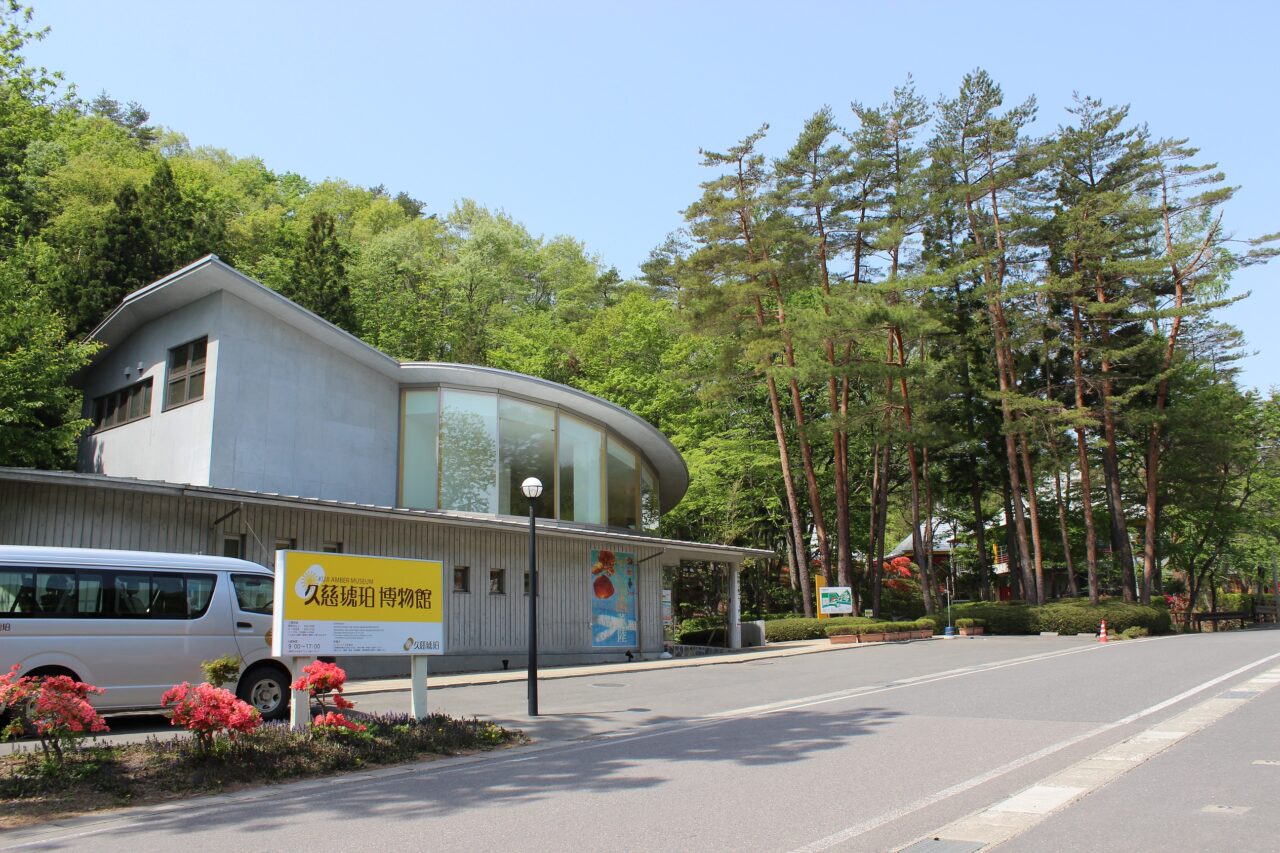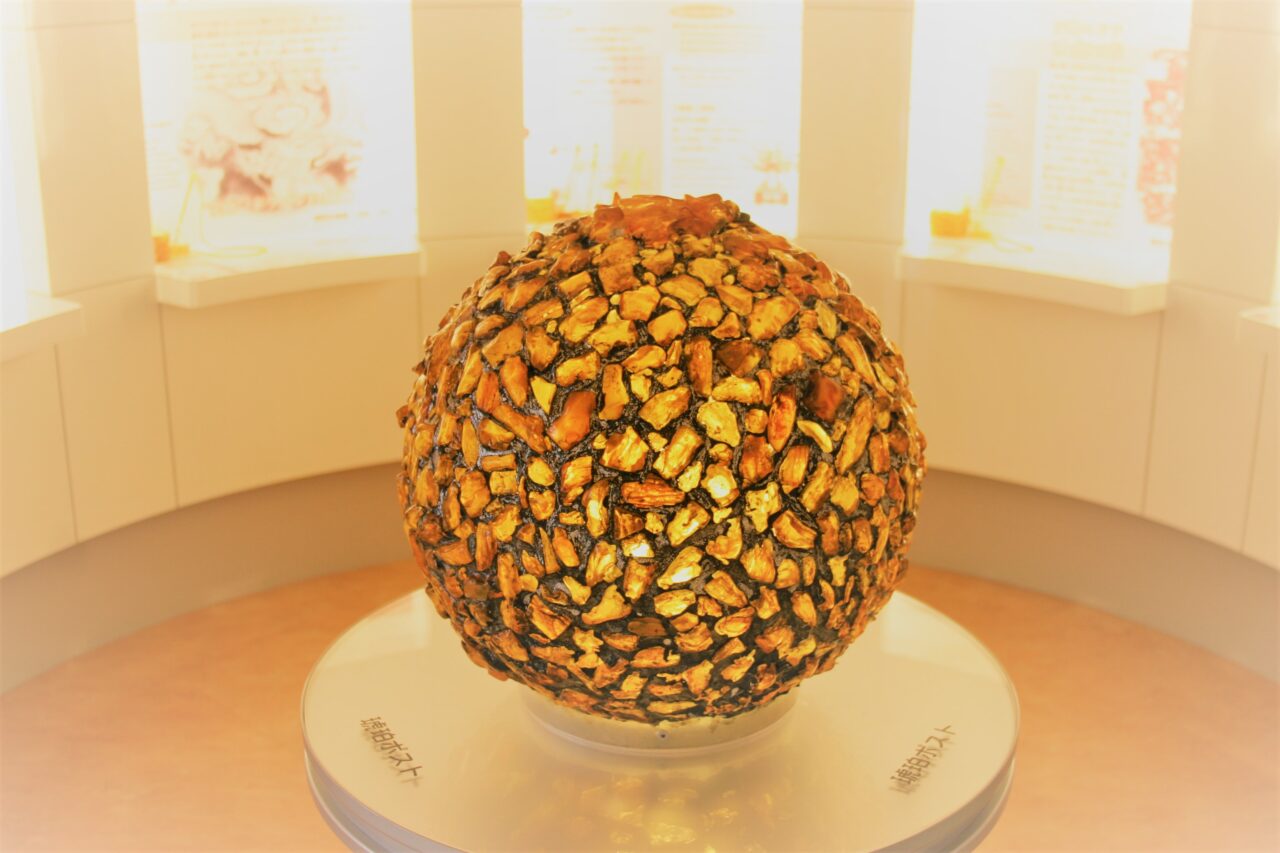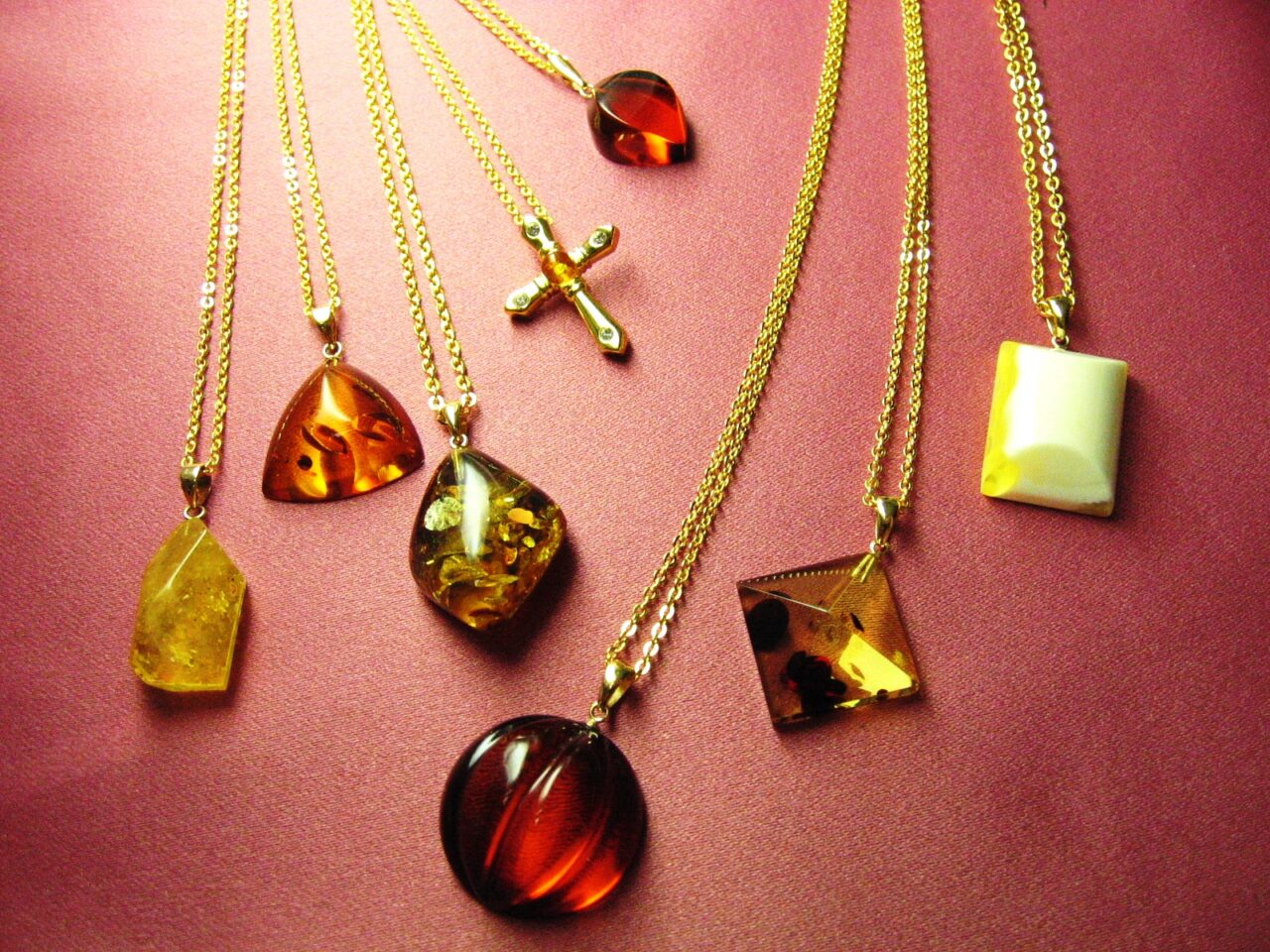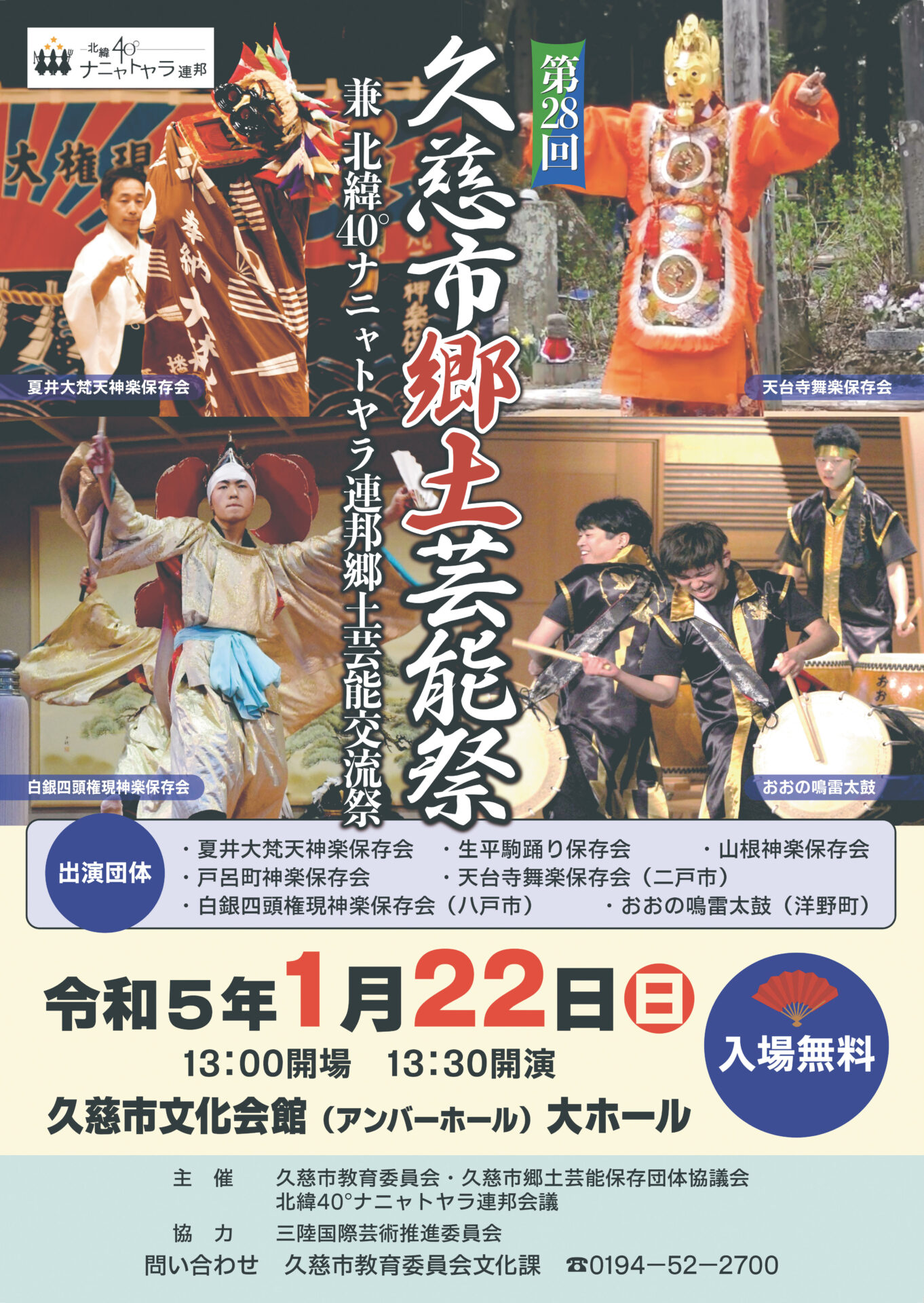EVENT
Suggested Route|Trip to encounter “Kagura”, Kuji 3Days and 2Nights Jan.20th(Fri)-22nd(Sun),2023
- 2022
- suggested-route
- Experience
- Appreciation
Day3
Jan.22nd(Sun),2023
Encounter “Kagura”,Kuji
| Itinerary | Remarks | |
|---|---|---|
| 09:45 | Hotel, to Kuji Amber Museum, by rental car | |
| 10:00 | Visit Kuji Amber Museum | |
| 12:00 | From Kuji Amber Museum to Kuji Urban Hall | |
| 13:00 | 28th Kuji City Folk Performing Arts Festival & Latitude 40°N Nanyatoyara Federation Folk Performing Arts Festival | Kuji Urban Hall 1:30 pm (venue opens at 1:00 pm) |
| 17:00 or 18:18 | From Kuji Sta. to Hachinohe Sta. (18:44 or 20:03) | Return rental car (at Kuji Station) JR Hachinohe Line (for Hachinohe) |
| 19:06 or 20:12 | From Hachinohe Sta. to Tokyo Sta. (22:04 or 23:04) | Tohoku shinkansen express Hayabusa No.46/ No. 48 |
Hotel, to Kuji Amber Museum, by rental car

Rent a Car
Dep. 10:00
Arr. 10:15
Travel time| 15min
Kuji Amber Museum
The only one amber museum in Japan

▲Kuji Amber Museum

▲Amber spots

▲Kuji amber products
The mysterious amber, the gift from the ancient times
The Kuji region is commonly known for having the most abundant amount of amber in Japan. And, Kuji Amber Museum is the only museum of amber in Japan located in this production of amber since the ancient times. Amber in the Kuji region belongs to the late Cretaceous period, Mesozoic Era- it is in fact exactly the age of the dinosaurs. In recent years, insect fossils have been discovered from amber one after another and attracted much attention from paleontology and genetic engineering researchers. In the museum, ambers in the Kuji region and around the world are exhibited with detailed explanation from the perspectives of natural science and humanities under two major themes- “The Mysterious Time Capsule” and “Amber and Humans”. There are also a large number of gemstones, curios, insects preserved in ambers, archaeological history, handicrafts to explore. There is also a standard tour course, which brings you to an amber product store, a workshop, and the remains of a tunnel for observation, the Lithuanian complex, restaurants, as well as a soothing stroll in a mountain garden- weave a visit and have a relaxing moment here!
Kuji Amber Museum
19-156-133, Kokuji-cho, Kuji-shi, Iwate,Japan 028-0071
Phone|+81(0)194-59-3831
FAX|+81(0)194-59-3515
Opening hours|9:00am~5:00pm(Admission until 4:30 PM)
Closed on the New Year Period & the last day in February
https://en.kuji.co.jp/
Kuji City Urban Hall
28th Kuji City Folk Performing Arts Festival & Latitude 40°N Nanyatoyara Federation Folk Performing Arts Festival
1:30 pm (venue opens at 1:00 pm)
Date|January 22nd (Sunday) 2023 Performance starts at 1:30 pm (venue opens at 1:00 pm)
Venue|Kuji City Cultural Hall (Kuji-shi Bunka Kaikan) Urban Hall, big hall

Particiating Units
[Kuji City, Iwate]
Natsui-Daibonten Kagura Preservation Committee, Yamane Kagura Preservation Committee, Heromachi Kagura Preservation Committee, and Oitaira-Koma Dance Preservation Committee
[Ninohe City, Iwate]
Tendaiji Bugaku Preservation Committee
[Hirono Town, Iwate]
Ohno Naruikazuchi Taiko Drums
[Hachinohe City, Aomori]
Shirogane-Shitogongen Kagura Preservation Committee
Kuji City Folk Performing Arts Festival is a biannual event of local performing arts with arts preservation committees in Kuji City as participating units. This time, the big event joins with “40°N Nanyatoyara Federation Folk Performing Arts Festival”, inviting as many as seven local performing arts associations from Hachinohe City, Ninohe City, and the Kuji area as performing guests. This is a precious opportunity for art lovers to encounter with various historic performing arts all at once.
Kuji City Board of Education, Culture Division
17-1, Kawasaki-cho, Kuji-shi, Iwate,Japan 028-0051
Phone|+81(0)194-52-2700
FAX|+81(0)194-52-2730
Kuji Sta.

JR Hachinohe Line (for Hachinohe)
Dep. 17:00
Arr. 18:18
or
Dep. 19:06
Arr. 20:03
Hachinohe Sta.

Tohoku Shinkansen ‘Hayabusa 46’
Dep. 19:06
Arr. 22:04
or
Tohoku Shinkansen ‘Hayabusa48’
Dep. 20:12
Arr. 23:04
Travel time| 2hrs 58min
Tokyo Sta.
Areas
Artists
-
Natsui Daibonten Kagura Preservation Society
The Natsui Daibonten Kagura has been passed down by yamabushi (mountain hermit) since 1354 during the period of the Northern and Southern Courts, to be dedicated to Daibonten deity at the Taiho-in temple in Natsui town. It has been a tradition through the ages that they go around houses during the New Year’s holidays to ward off evil spirit, to pray for safety of family and to appease the souls of the dead. The Natsui Daibonten Kagura Preservation Society was founded in 1978, and the Kagura was designated as the Intangible Folk Cultural Property by Iwate prefecture in 1999.
The Natsui Junior High School is contributing as a whole to the inheritance of Natsui Daibonten Kagura. Trained under the Preservation Society members, all the students become the dancers at the school festival, the Natsui City Folk Performing Arts Festival and others. -
Shirogane-Shitogongen Kagura Preservation Society
The Shirogane-shitogongen Kagura is originated from the Shirogane district in Hachinohe, a port town. The dance comes with a lion head props called “Gongen-sama”. It is one of the Yamabushi-style kagura with theatrical performances aiming to drive away the evil powers, celebrate big catches, great harvests, and worship gods. The precious, historic lion head was passed down to Hachinohe city in 1758 and now, the dance includes as many as 20 difference performances. During the Spring Prayer (generally held for a number of days since the New Year’s Day every year, residents in the Shirogane district usually put out decorations at their entryway and on July 6th and 7th, more than 10 performances are dedicated as the annual festival at Mishima Shrine, the guardian of the entire district.
-
Oitaira-Komaodori Preservation Society
The Oitaira Komaodori has been passed down in the Oitaira district of the Natsui Town; it’s commonly believed that its origin traces back to early Meiji period as a dedication to the Komagata Shrine.
The dance is a folk performing art being passed down in the former Nanbu region, and it’s said that the dance resembles a young horse released in spring returning in autumn.
The dance thrived before WWII but it was discontinued for a short while in the postwar period as male dances were all summoned to the frontliners for the soldiers. Later in 1960, the senior residents proactively stroke to restore the tradition that the preservation committee was finally formed with the late Genetsu Oitaira as its chairman. -
Yamane Kagura Preservation Society
Yamane Kagura is a ritual dance greatly influenced by the “way of trial and practice” of the Yamabushi mountain monks. As some old kagura props found in 1664 revealed, the dance might have been passed down from the former Morioka Domain so it was originally called “Noda Kagura” before it was known as “Yamane Kagura”.
-
Tendaiji Bugaku Preservation Society
Tendaiji Temple at Mt. Hachiyosan is home to ten bugaku performing dance masks from the Kamakura to the Muromachi period (designated as tangible cultural properties by Iwate Prefecture) while the dance itself was, unfortunately, lost.
Later, a string of surveys conducted for the preservation of Hachiyosan Tendaiji performing arts started in 1994 proved the dance is actually the one of the Imperial Household Agency (designated as national important intangible cultural property). Participating members of the studies then joined with the Hachibasan Tendaiji Preservation Committee to form the new Tendaiji Bugaku Preservation Committee in 2020. -
Heromachi Kagura Preservation Committee
Heromachi Kagura is one of the streams of Kunohe Village Esashiya Kagura. Around 1935, late Mr. Shinmatsu Kubo, a Kagura dancer from the Esashi family, started gathering young residences from the former Yamagata Village (currently Yamagata-cho, Kuji City) to revitalize the ritual dance, which was followed by the assistance from late Mr. Yasuhikozou Ochi around 1965. Due to migration, there were not sufficient number of male dancers so female dancers such as the late Shinobu Shimodate, Tsuyo Shimodate, and Kiku Shimodate joined took over and passed down the dance.
Pupils from the Toro-machi Elementary School have been contributing to perform the dance as children’s kagura since 1993. Even after the closure of the school in 2012, the Heromachi Kagura Preservation Committee has been tremendous effort to preserve the traditional dance. Now, there are 16 committee members proactively promote the dance. -
Ono Naru Ikazuchi Taiko
Ono Naru Ikazuchi Taiko was formed in 2000 by a group of young men and women who took a taiko drumming course. Today, the group has 28 members ranging in age from 5 to 46 years old.
The name, “Ono Naru Ikazuchi Daiko”, comes from Naru Ikazuchi Shrine, the town deity of Ono, in Hirono Town (formerly Ono Village). It is hoped that the taiko drumming will develop to become something that represents the former Ono Village, and be loved by the villagers as a prayer for a good harvest and family safety.
Trained in musical composition and performance by Warabi-za, a renowned troupe based in Akita Prefecture, the group is named after the image of lightning, and their drum music is valiant and charged with youthful passion and freshness.
Sanriku International Arts Festival 2022 REVIVE
– An FY 2022 Japan Cultural Expo Project Presented and Co-presented by Japan Arts Council and Agency for Cultural Affairs, Government of Japan

Organized by|Sanriku International Arts Committee, Japan Arts Council, and Agency for Cultural Affairs, Government of Japan
Co-organized by|Hachinohe City, Hashikami Town, Hirono Town, Kuji City, Noda Village, Fudai Village, Tanohata Village, Iwaizumi Town, Miyako City, Yamada Town, Otsuchi Town, Kamaishi City, Ofunato City, Rikuzentakata City, Sumita Town, Sanriku Railway Co., Ltd., Japan Folk Performing Arts Association, NPO Iwate Arts Support Center, and NPO Japan Contemporary Dance Network
Cooperated by|NPO Shinsai Regain, imajimu LLC, Tohoku Cultural Property Video Research Institute, Minna no Shirushi LLC